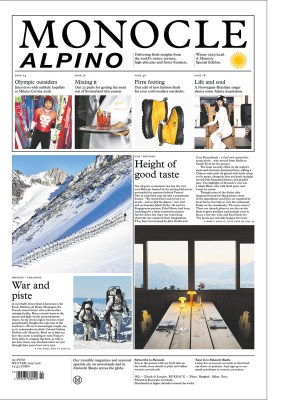A culinary roadtrip through Latvia’s Gauja valley, visiting the best restaurants beyond Riga
We travel through the Baltic nation, whose age-old culinary traditions are being preserved by young chefs making the most of the region’s plentiful produce.
Most visitors to Latvia stop in Riga. Every year, more than a million tourists pass through the old town to see its art nouveau façades and dine in its restaurants that now rival those of its Nordic neighbours. But if you’re on the lookout for an experience that’s a little closer to nature, head north into the forests and farmland of the Gauja valley. This is Latvia’s breadbasket, brimming with fruit, fish and game. It’s also where you’ll find new and innovative restaurants that are quietly turning the countryside into a culinary destination.
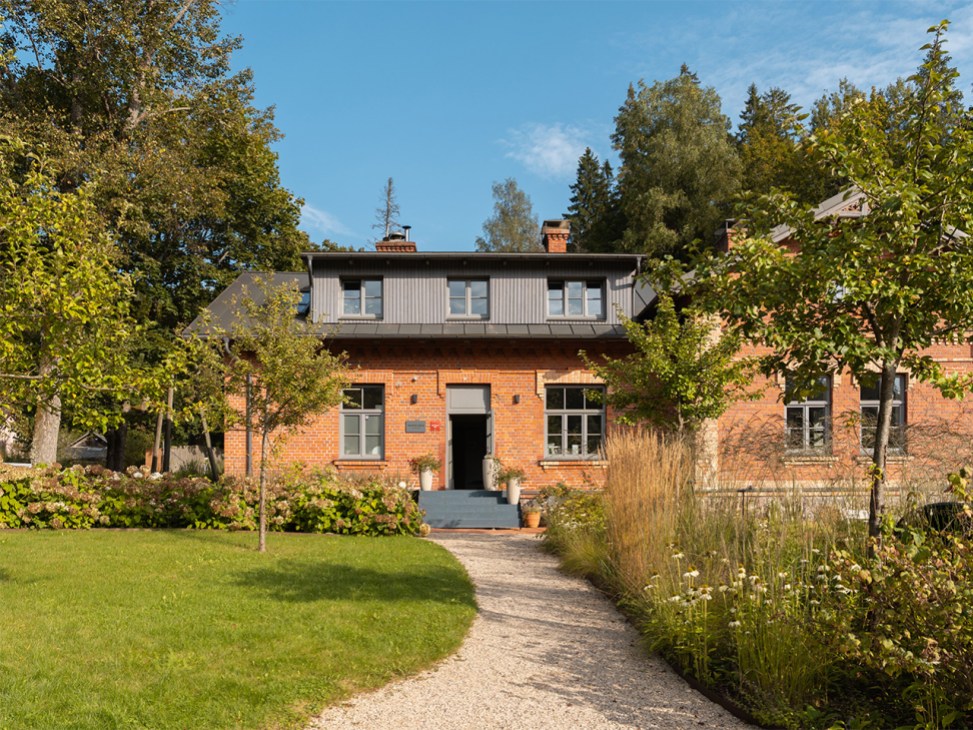
Riga to Ligatne, 90 minutes by car
Drive north from Riga and, after an hour, you’ll reach the sandstone valley around the town of Sigulda. There are castle ruins on the hillsides as the river wends past pine forests and through meadows. It’s not just beautiful but bountiful too: freshwater pikeperch swim in the lakes and chanterelles nestle beneath trees; strawberries and apples grow fat before the long winters set in.
In the town of Ligatne, once known for its paper mill, pride of place belongs to Pavaru Maja (“chefs’ house”). The restaurant, which has received a Michelin Green Star for its commitment to sustainable cooking, occupies a historic red-brick villa that stood abandoned until Eriks Dreibants and Juris Dukalskis took it over. On a recent afternoon, the pair poured a shot of birch-sap syrup while unwrapping cheese from Soira, a local maker.
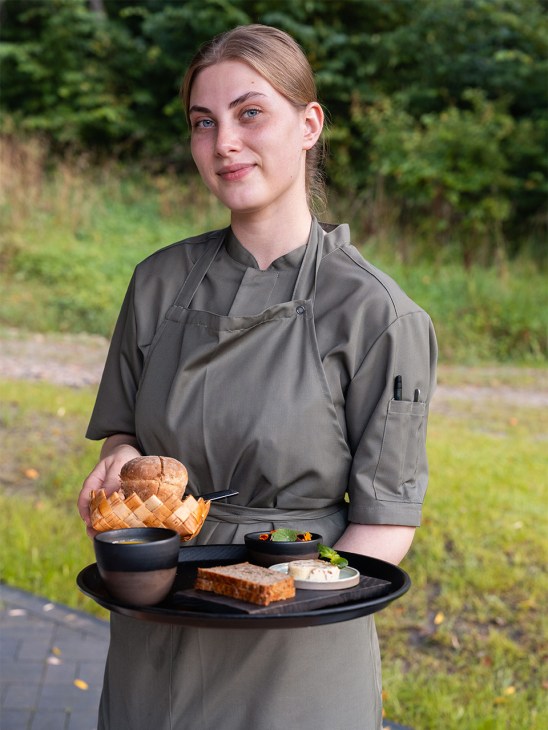
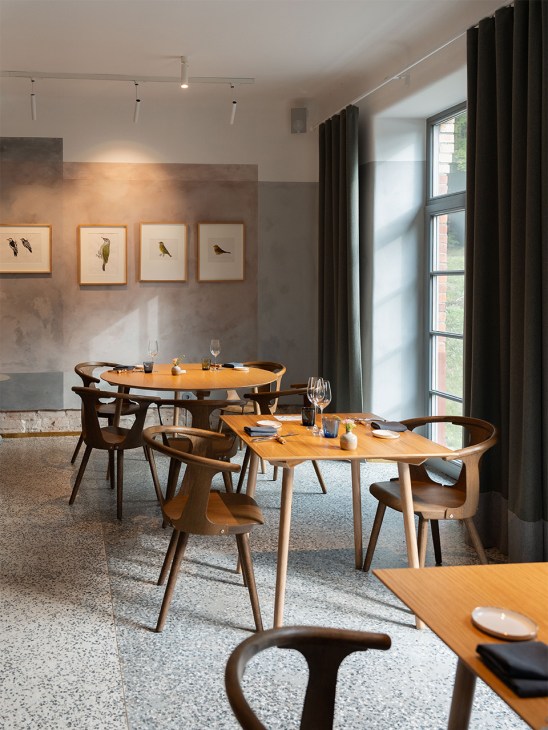
“We had a restaurant in Riga but here you can be closer to the farmers,” says Dreibants. “You get to know the people who grow your carrots or make the honey that you use.” Its eight-course set menu changes every few months to reflect the seasons and the team makes the most of the local community: its ceramics, for example, are made by potters in the region. Its plates are fashioned from birch bark and guest chefs regularly grace the kitchen to offer something new.“That keeps us on our toes,” Dukalskis tells Monocle. One week it might be an Icelandic-Lithuanian collaboration, the next an inventive take on those freshly caught perchpike.
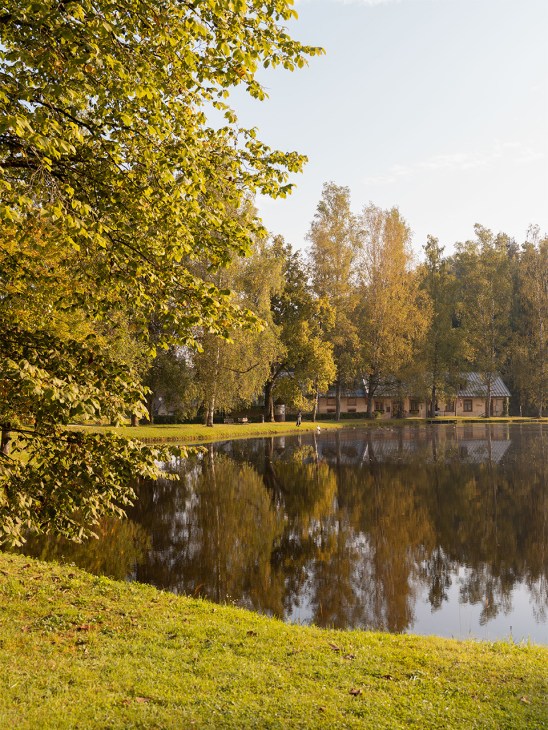
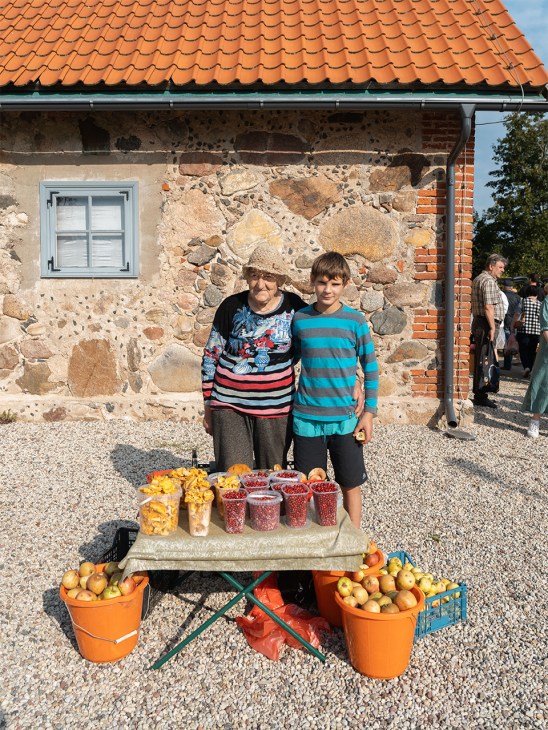
Ligatne to Cesis, 30 minutes by car
About 20km further north, you’ll find a medieval castle built by the Livonian Order in the middle of Cesis, the town where chef Maris Jansons moved after two decades in the capital.
Jansons was in charge of Biblioteka No 1, one of Riga’s top dining rooms, but found himself craving a slower pace of life that was more in tune with nature. “Everything was concentrated in Riga – but why not here?” he asks as we tuck into marinated strawberries served with birch-sap ice cream and locally baked rye bread.
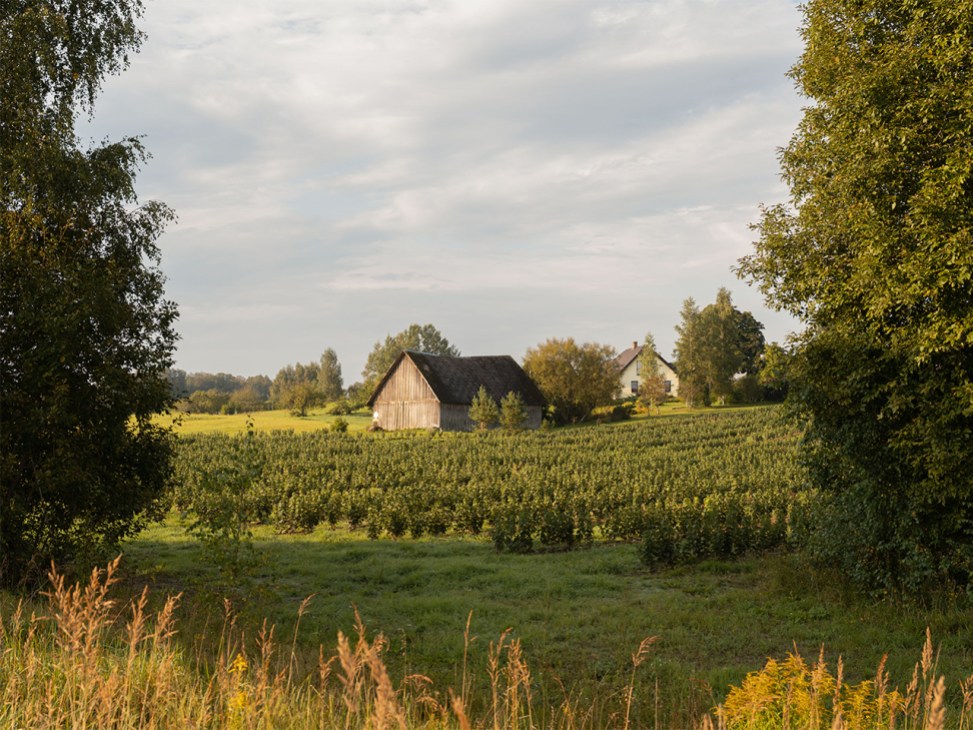
In 2017, Jansons opened Kest, a 25-cover restaurant. It has a deliberately muted aesthetic – think white tablecloths, simple glassware and a veranda-like interior – that allows the food to do the talking. Its name means “the other side of the river” in the Livs language; Jansons likes the way that it evokes the Gauja and the ideas and goods that have long flowed along it.
His menus continue this theme, offering venison and berries in the warmer months and dishes such as preserved tomatoes when the mercury falls – though you’ll also find a kabayaki-style cod dish with Japanese mayonnaise on the list.“Quality first, not geography,” says Jansons.
The desserts here, however, lean conspicuously into local specialities. In the summer, there’s a dish that riffs on the traditional honey cake with sour cream and sea buckthorn. Jansons insists on challenging himself with every menu change. “If it doesn’t surprise me, why would customers be surprised?” he asks.

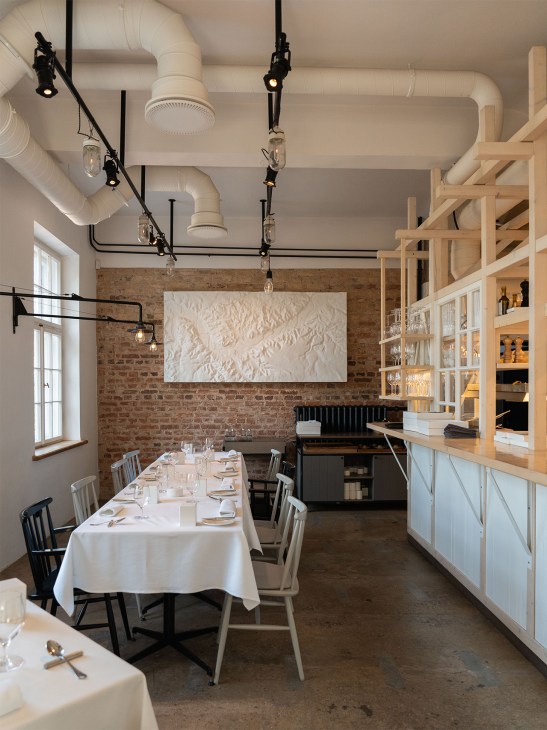
When Jansons started Kest, Cesis wasn’t quite ready for what it served. “In rural areas, people like to cook at home,” he says. “Restaurants weren’t really part of the culture at the time – a result of the Soviet years.”
But curious diners eventually found the restaurant: at first, it was Rigans seeking something different, then tourists and, more recently, local residents looking for somewhere exceptional to celebrate special occasions. Jansons sees the project as cultural as much as culinary. “Food is how we reclaim what was taken during the Soviet occupation. It is art and tradition. It’s what keeps a nation together.”
Cesis to Valmiera, 30 minutes by car
Further north still is Valmiera, a town with a theatre, a booming industrial base and a growing population of younger people moving back from the capital. It also boasts Akustika, a restaurant that has helped to make dining out a part of local life here.
Its founder, Ugis Bormanis, is originally from Riga. Like Kest, it took time for residents to come round to what Akustika offers. “We were more ingredient-driven than people here were used to,” says Bormanis. “At first, they didn’t understand. Now, most of our guests are locals.”

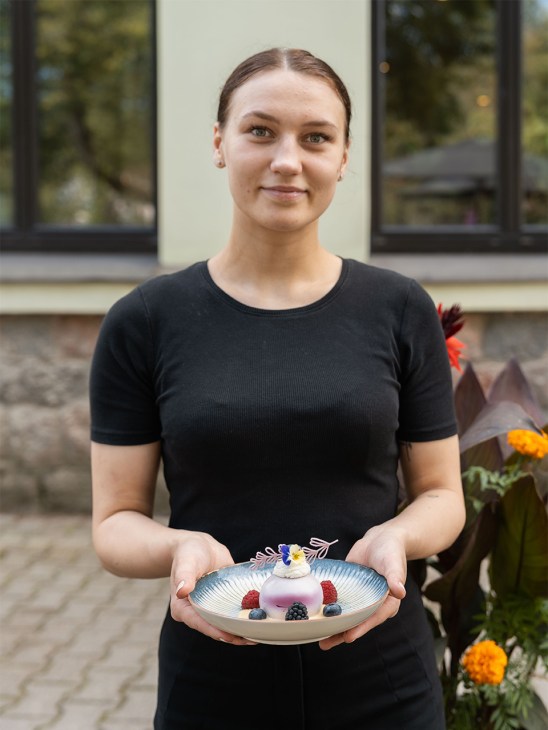
The restaurant seats 70 and is often full at weekends. Duck breast is the bestseller; other favourites include freshwater fish from nearby lakes and beef tartare sourced from an organic ranch. Bormanis likes to keep things simple. “Don’t cover the flavour – you want to taste the beef, not the garnish,” he says.
On the drinks list are lemonades flavoured with quince, meadow flowers and basil, and wines from producers that aren’t stocked by supermarkets in Riga. “We want people to try something that’s new but still feels close to them.”
Our culinary picks
Pavaru Maja
Farm-to-table restaurant amid natural surroundings.
Kest
An ambitious take on Latvian cuisine by one of the country’s best-known chefs.
Akustika
A popular neighbourhood bistro with seasonal dishes.
Straupe Slow Food Market
Farmers sell their fresh produce here on Sundays.
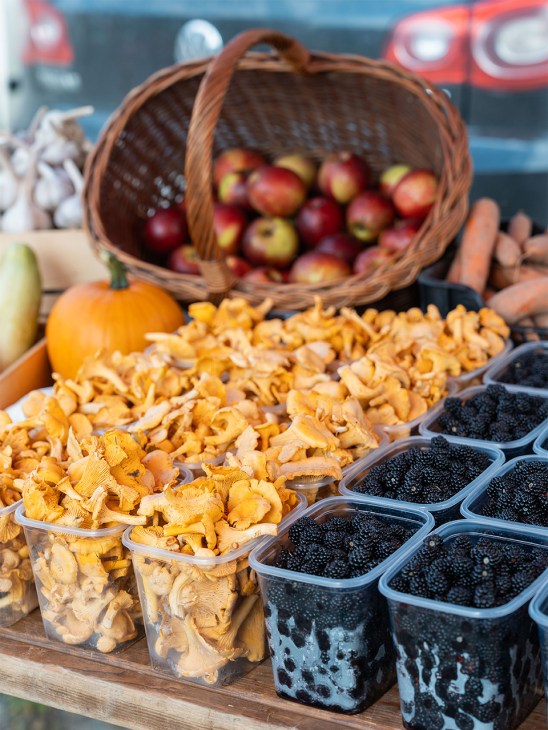
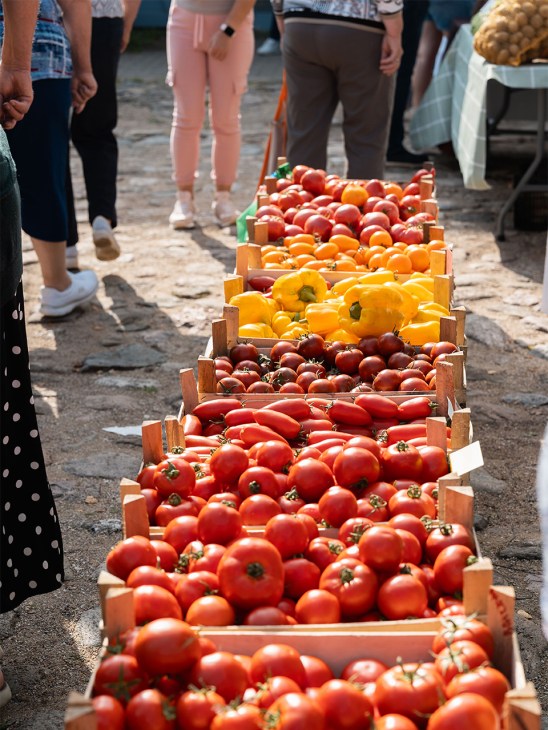
Getting here
First, fly to Riga Airport. It offers direct flights to and from more than 100 destinations so getting here shouldn’t be difficult. Rent a car and stock up on snacks and drinks: this is a two-day trip on pleasant roads that takes you through national parks, beautiful villages and verdant farmland. The best place to stay on this route is the medieval town of Cesis.


